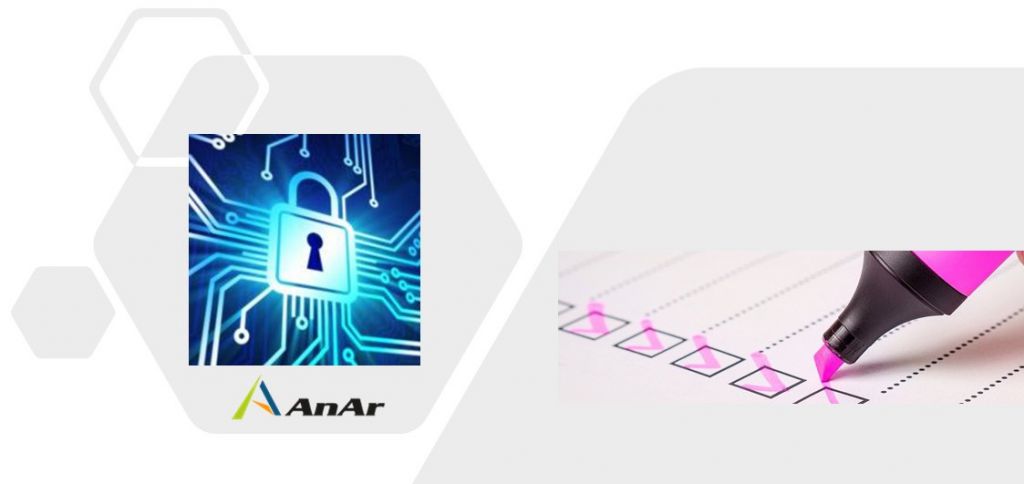Angular Overview:
A framework developed and maintained by Google. It lets you build single page applications (SPA) with opensource language Typescript. Build the Angular applications using NgModules. Build powerful front-end web-based applications skillfully. In Angular Architecture, the components define the view for the user that is built as per the logic. The components use services by adding modules with help of the dependency injection, which makes it easy to reuse. The lead elements of Angular are modules, component, services, templates, and metadata. Angular is great for Cross-Platform App Development i.e., desktop, native, and progressive web apps.
Why Angular Security is a concern?
Simple yet strong reason that there is no in-built security control that can protect the applications. The workaround is that Angular does not trust any values, and we filter it. We can validate untrusted values as per context and convert them to trusted values.
TOP 6 Angular security best practices
- The “Angular way” safeguards you from XSS – use interpolation ({{ }}) to safely encode potentially dangerous characters and escape untrusted HTML or CSS expressions within a template expression.
- Use innerHTML with caution- If you must dynamically add HTML to a component, bind its generation to
[innerHTML]. This ensures data will be interpreted as HTML in its context and sanitized, removing all unsafe tags and hence preventing it from executing any malicious cross-site scripting code. Notice that the action of sanitizing is not the same as encoding. - Never use templates generated by concatenating user input- Never concatenate any potentially user provided input as a string to a template.
- Never use native DOM APIs to interact with HTML elements – Avoid direct DOM manipulation and use Angular template mechanisms, and Angular’s own APIs to manipulate the DOM instead
- Avoid template engines on server-side templates – Avoid 3rd party template engines to create or add templates data on Angular server-side rendered applications.
- Scan your Angular project for components which introduce security vulnerabilities – Angular security best practice #6: Always scan your Angular project open-source dependencies and Angular components for security vulnerabilities.
How do they attack Angular Security?
- Inject scripts, text fields or inset pop-ups to gather user information by directing them to external website
- Security is compromised when two-way data binding is used from component class to UI and vice-a- versa but it reduces development efforts
- Cross-site request forgery (CSRF) are the malicious requests sent by the users
- Cross-Site Script Inclusion (XSSI) is possible via third party scripts, if security is missing then hacker will add executable codes into those scripts or add API URL to script
- Sensitive confidential data gets hacked if DNS is hacked
- Request received on HTTP is redirected to HTTPS, during the attack malicious code is injected
- Attack on Content Delivery Network (CDN) diverts user to fake website
How can you prevent Attack on Angular Security?
Refer the best practices used for better Angular security and do not forget to try new ways to eradicate the effect of attacks.
- User server-side authentication
- Sanitization to inspect the untrusted value and return the trusted value
- Use DOMSanitizer to clean the untrusted parts of value
- Create user security classes to hold the user information. It stores and verifies the user’s name and password
- Input from user should be validated
- Check the loopholes when using reliability injection for dependencies of components on one another
- Angular client-side template injection scanner is meant to scan every single request hence exposes susceptibility
- Store passwords in the database
- Use dirty checking to scan the entire scope of changes
- Provide temporary identity token instead of permanent access
- Never customize the Angular files if you plan to use other/the latest versions later
- Use user security classes to turn on and off the UI elements on pages, buttons, and menus
- Stop Cross-Site Request Forgery (CSRF) by sending a casual authentication request from the application server along with the cookies and as hackers won’t have the authentication you can reject the request
- Relieve the application from Cross-Site Script Inclusion (XSSI) issue. With use of Angular HttpClient library, programmers can remove the code and make it non-executable
- Prevent the Cross-Site Scripting (XSS) to protect the website data
- Avoid those risky Angular APIs e.g., ElementRef
- Control reading of sensitive data whether stored or in-transit
- No unencrypted data is transferred if it is sensitive piece of information
- Use Strict-Transport-Security to prevent attack via HTTP
- Protect the users by use of integrity attribute in the script tag for it to alert if error is discovered
- Create content security policy (CSP) to permit loading of scripts only from current origin
- The CSP headers block your site from being embedded
- Audit to test everything at frequent intervals
- Update the Angular libraries regularly
Set of Actions for Angular Security:
- Use latest version of Angular if you don’t want to miss new features and security fixes
- Control the access on HTML user interface elements
- Separate the client and server templates
- Do not give rights to users for editing client-side templates
- If user needs to make changes, then permit few sections of template for edit
- Identify to block the potential security issues faced by application when requests are sent to the server
- Create a new library using procedures from the installed Angular if you are adding customizations then
- Whitelist the origins in order to handle cross-origin resource so that client will process the request if the header is present
- While using third-party library scan the npm packages using npm audit
- Ensure that requests raise only from your website
- Use route guards that returns the value as true to open a new URL, resolve issue can with prefetch route data
Wrap Up:
Foremost important is that you use the latest Angular JS and update the security patches. Security professionals will do their best. Developers can contribute to the Angular Security by writing secure codes. If developers master security during software development the applications will become more dependable. Never expect the hacking attacks to vanish instead sharpen your knowledge to deal with the occurrences effectively. Explore newer methods of security, and apply the latest techniques.









